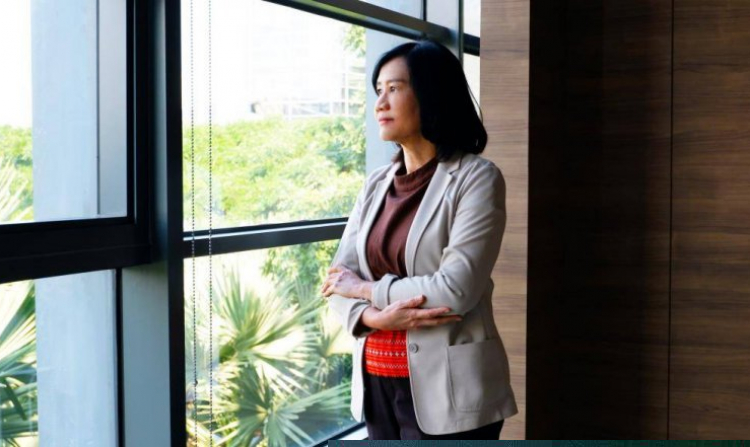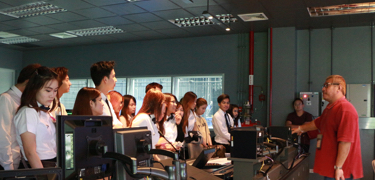In a digital society, consumer behaviour changes rapidly, and [is] affecting the choice to watch programme content through a variety of new online platforms. Of course, the spread of COVID-19 is one of the key catalysts for this change.
But in addition, there is another interesting point, namely, the media viewing behaviour of the new population who will soon become a large population of Thailand, such as Gen Z, who have grown up with full-fledged digital technology. At the same time, the Baby Boomer group or the elderly group are open-minded to new technologies to communicate with their families, and receive more news and entertainment information. It is necessary for media to develop themselves and compete to attract as many consumers as possible to the content on their platforms.
Read more: Developing a website with public service at its core
In the midst of the media competition in the digital age, “Thai PBS” is a public media that allows everyone to participate equally at all levels. [We must] continue to develop and upgrade the service continuously. Recently, the service function has been developed, including designing the display for easier use and restructuring the Thai PBS website map under the concept of “Thai PBS NOW, click every day, keep up with all events”, supporting accessibility and changing the media consumption behaviour of users who are more diverse, so that all groups of users have equal access to services on the website including linking 10 categories of content from quality websites in the Thai PBS network to the main website. It is a content hub for users who can access comprehensive content.

A new look of the Thai PBS website: Transform from 'TV First' to 'Digital First'
Assoc. Prof. Dr. Wilasinee Phiphitkul, Director General of the Public Broadcasting Service of Thailand (Thai PBS), shares her views on the behavior of people receiving media. “There has been a clear change in consumption in the post-COVID-19 era, that is, the new generation like the Zs will definitely not return to consuming information and entertainment through conventional television. There are currently a huge variety of channels to choose from, as well as the lifestyle of consumers who live more at home, staying at home more does not mean consumers will watch content and entertainment via just TV, but maybe watching from multiple platforms at the same time.
“[Thai PBS] is not just a content or a platform, it must also act as an institution that helps foster media literacy for people in the society, together with fact-checking and promoting active citizenery, which we actually do”
– Associate Professor Dr. Wilasinee Phiphitkul, Director of Thai PBS
“Therefore, one must understand such behavior that consumers may not turn on the TV to watch the program, but rather just as an ambiance, while watching various other content on other devices such as mobile phones, computers, and tablets.
“Media design from now on probably doesn’t have to be default as TV-first or broadcast on TV first, before pulling content out onto other online media platforms, but rather treated in a Digital-First approach. We try to ensure that Thai PBS staff changes that working mindset to not be TV-First but rather a Digital-First approach, meaning any story will be told in a way that audience can watch on all digital devices. Or any piece of news may be sent all at once in 3 variations presented through different types of devices without having to wait for it to be broadcasted on a TV screen first and then re-edited into short clips before posting it online. It’s considered a fairly big change, but it’s something that needs to be changed immediately. With COVID-19 as a catalyst, the Thai PBS website has transformed itself into a better and higher quality platform for all groups of people.”



